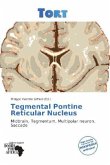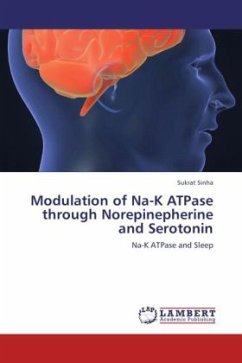Agonists of GABA(B) receptors exert a bi-directional effect on the activity of dopamine (DA) neurons of the ventral tegmental area, the initial target for addictive drugs in the brain reward pathway. This effect can be explained by the weaker coupling between GABA(B) receptors and G protein-gated inwardly rectifying potassium (GIRK) channels in DA neurons than in GABA neurons. Thus, low concentrations of agonists preferentially inhibit GABA neurons disinhibiting DA neurons. This disinhibition might confer reinforcing properties on addictive GABA(B) receptor agonists such as gamma-hydroxybutyrate (GHB). In DA neurons, the low coupling efficiency reflects the selective expression of heteromeric GIRK2/3 channels and is dynamically modulated by the regulator of G protein signaling (RGS) protein RGS2. Chronic exposure to GHB interferes with the physiological control of RGS2 transcription by D2 receptor. RGS2 level and its selective association with GIRK3 might determine whether GABA(B) agonists are excitatory or inhibitory. We propose a mechanism that might underlie tolerance to GHB and suggest RGS2 as an important target for future drug development.
Bitte wählen Sie Ihr Anliegen aus.
Rechnungen
Retourenschein anfordern
Bestellstatus
Storno








